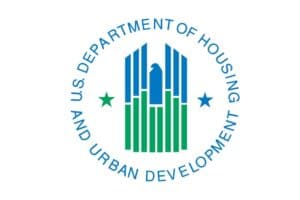At the end of last year, the Federal Housing Finance Agency increased the 2024 annual LIHTC investment cap for Fannie Mae and Freddie Mac from $850M to $1B. New provisions tied to the increased cap require projects to waive the qualified contract provisions to assure that properties have a minimum affordability period of 30 years.
FHFA requires Fannie and Freddie to invest in areas and projects that have difficulty attracting investors. These include Duty to Serve (DTS) targets, such as rural areas, preservation, mixed-income and supportive housing. While FHFA sets Annual Housing Goals for Fannie and Freddie, each enterprise establishes its own DTS goals, which must be approved by FHFA.
Freddie’s DTS goals take a more geographic-specific approach focusing on Rural and High Needs Regions. High Needs Regions include areas defined as Middle Appalachia, Lower Mississippi Delta, Persistent Poverty Counties and Colonias. The DTS areas can be found on Freddie’s Mission Map.
Fannie focuses on serving three underserved markets: Manufactured Housing, Affordable Housing Preservation and Rural Housing, with their LIHTC investments in the preservation and rural housing segments. Fannie’s plans for LIHTC investments can be found in its Underserved Markets Plan.
As FHFA continues to monitor the LIHTC market and assess Fannie and Freddie’s participation, any further cap increases will be included in FHFA’s Annual Housing Report expected to be released in October.
